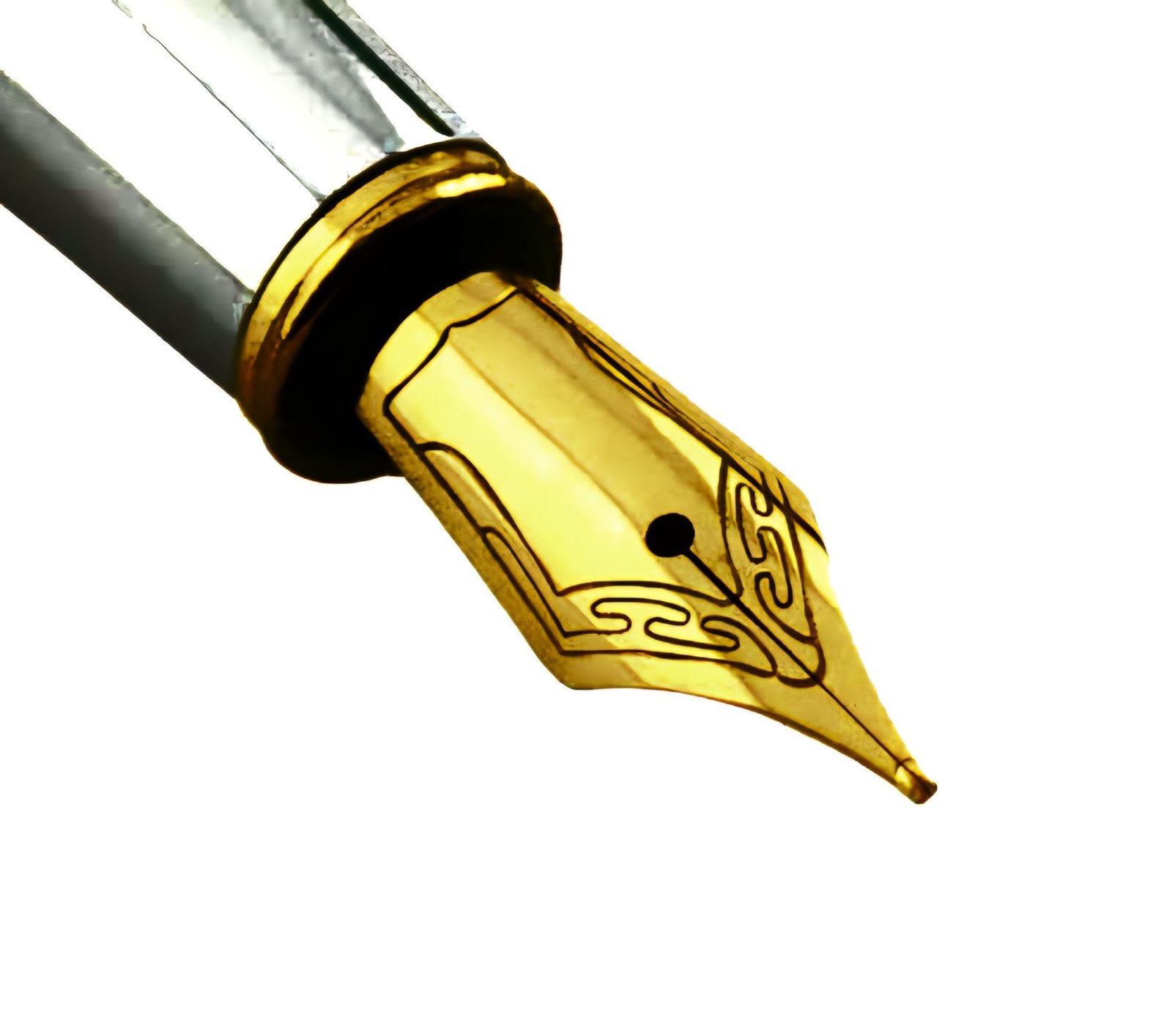South Asia, home to over one-fifth of humanity, is one of the most geopolitically and culturally significant regions in the world. Geographically bound by the Himalayas in the north, the Indian Ocean in the south, the Bay of Bengal in the east, and the Arabian Sea in the west, this region comprises India, Pakistan, Bangladesh, Nepal, Bhutan, Sri Lanka, and the Maldives. Despite their proximity and shared historical experiences, these nations exhibit remarkable political diversity.
Political Landscape of South Asia
The political systems of South Asia reflect varied journeys toward democracy—marked by transitions, upheavals, and ongoing aspirations for democratic consolidation:
- India – The largest democracy in the world, India has maintained a stable parliamentary system since its independence in 1947. Regular elections, a robust judiciary, and a vibrant civil society have reinforced its democratic credentials.
- Pakistan – Pakistan is a federal democracy, but its political trajectory has been punctuated by repeated military interventions. Civilian and military powers have long struggled for supremacy, making democratic consolidation a continuing challenge.
- Bangladesh – With a unicameral legislature and parliamentary system, Bangladesh has oscillated between civilian rule and military regimes. In recent years, it has moved toward greater political stability, though questions around democratic freedoms remain.
- Nepal – Once a Hindu monarchy, Nepal transitioned into a federal democratic republic in 2008 after a successful people’s movement. Its democratic institutions are still evolving amidst ethnic and political complexities.
- Bhutan – Bhutan’s transformation from an absolute monarchy to a constitutional monarchy in 2008 was peaceful and gradual. The King remains a revered figure, but elected institutions now play a greater role in governance.
- Maldives – The Maldives became a republic in 1968, shifting from a monarchy to a presidential form of democracy. Political stability has been periodically tested by authoritarian tendencies and democratic backsliding.
- Sri Lanka – Sri Lanka has a parliamentary democracy, but executive power remains heavily concentrated in the presidency. It has experienced ethnic strife and civil war, but democratic institutions have shown resilience.
The Road Ahead
Despite different paths, all South Asian nations share a collective yearning for democracy. Democratic values—though challenged at times—remain deeply rooted in the political cultures of these countries. Popular participation, civil liberties, and institutional reforms are gradually taking root.
However, challenges persist: military dominance, electoral authoritarianism, ethnic divisions, and weak institutions continue to threaten democratic progress. Regional cooperation is vital to overcoming these challenges.
The South Asian Association for Regional Cooperation (SAARC) holds immense potential as a platform for dialogue, conflict resolution, and shared development. If South Asian countries prioritize democracy, unity, and mutual respect, they can transform the region into a model of inclusive growth, peace, and political maturity.
“Democracy is not just about voting; it is about building institutions that ensure justice, equity, and representation.”
I sincerely thank my Political Science lecturer, Qazi Syed Sajad, for inspiring me to reflect critically on socio-political issues. His guidance has made this article possible.
The author is 12th class student of GHSS Delina Baramulla





